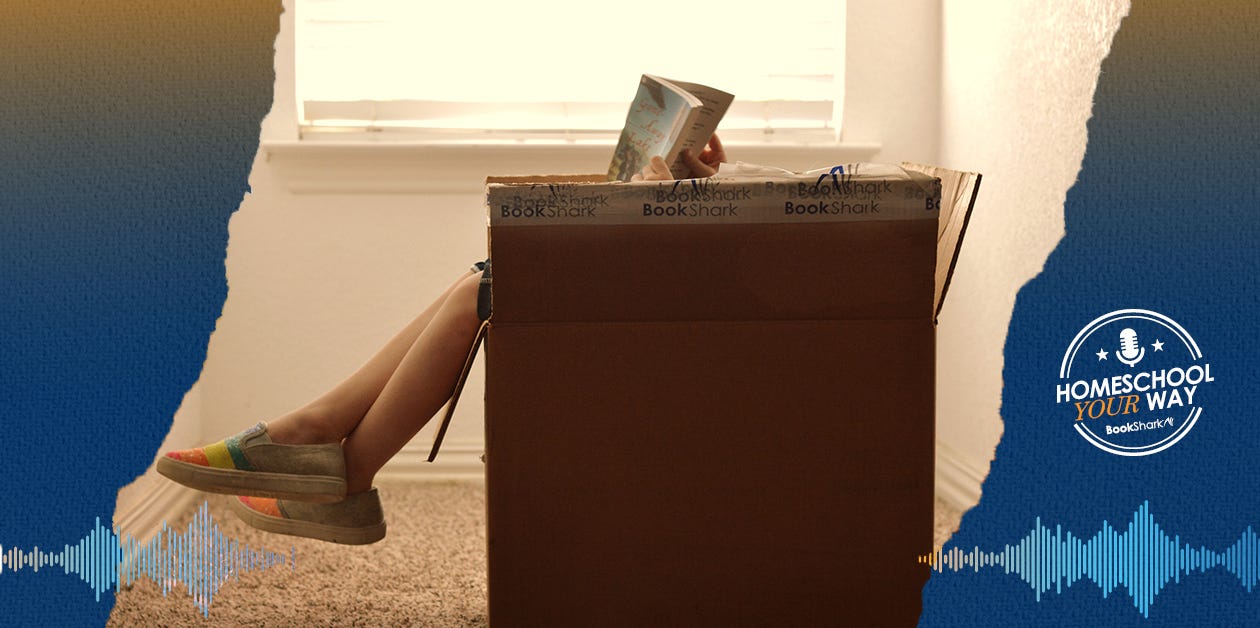How to Turn Homeschool Mistakes into Victories
-
 By
Selena Robinson
By
Selena Robinson
- Mar 4, 2022

When parents first start homeschooling, they may be terrified of making a serious homeschool mistake. Struck by fear, they ask a myriad of questions:
- What if I choose the wrong curriculum?
- What if our schedule doesn’t work?
- What if we get behind?
- What if I don’t know how to teach my children?
- What if my kids turn out weird?
The good news is that all homeschooling parents make these kinds of mistakes without derailing the entire homeschool journey. In fact, depending on how parents respond, many of these homeschool mistakes can actually become homeschool victories. Here’s how to learn from common homeschooling missteps and turn your failures into wins.
1. Choosing the Wrong Curriculum
Parents normally put a great deal of thought and care into choosing a homeschool curriculum for the year. They consider several factors, including the ages and learning levels of their children, the reviews a program has received from other parents, the cost of the program, and any possible faith content or bias.
Naturally, then, it can be extremely frustrating when a carefully chosen curriculum just doesn’t work out. Sometimes, despite all your research, you don't truly know if something will work or not until you use it. Rather than throwing in the homeschool towel and crying about the "wasted" dollars, realize that selecting a curriculum bomb can actually be a guiding path forward.
Look at the program to pinpoint exactly which parts of it are working and which aren’t. Then use the pieces that do work well while supplementing the other aspects with substituted books and resources. Going forward, this mistake can make it easier to determine which program to use in the future. The loss is actually a win—you know what doesn't work!
2. Adopting an Unrealistic Schedule
 New homeschoolers often make the mistake of developing a homeschool schedule that is too crowded or demanding. They may schedule too many projects or subjects per day. Or they may try to schedule each hour of the day, causing the kids to rush from subject to subject without having time to comprehend what they learn.
New homeschoolers often make the mistake of developing a homeschool schedule that is too crowded or demanding. They may schedule too many projects or subjects per day. Or they may try to schedule each hour of the day, causing the kids to rush from subject to subject without having time to comprehend what they learn.
If this mistake affects your family, it’s perfectly right to pause everything and take a few days to decompress. Go get ice cream! When you resume school, begin by focusing on the essentials, such as reading, writing, math, and spelling. After developing a workable schedule everyone can follow, add in other subjects as needed.
Remember that public school kids are in school for far more hours than you will need for homeschooling. They have to account for a lot of down time, wasted time, time spent of logistics and classroom management—all things you can skip right over to make for a much shorter school day.
3. Teaching Every Child in the Same Way
As parents gain more experience with homeschooling, they typically notice that each of their children has unique learning preferences. At the outset, though, it can be tempting to use a one-size-fits-all approach to teaching. As a result, children may excel in some subjects and struggle in others.
If you observe this happening with your children, take a look at the subjects in which each child is doing well and then make note of your teaching style. Does one child prefer to learn in a hands-on, project-based manner? Does another child retain information better by listening to audiobooks or watching educational videos? Besides observing, you can outright ask your children what they prefer. These insights can help you develop a customized teaching style that works for each child.
No matter how many homeschool mistakes your family might experience, there’s always a way to turn slip-ups into triumphs. Use your missteps to gain a clearer understanding of your children’s educational needs, your family’s homeschooling philosophy, and your preferred teaching style. With these clues, you’re sure to define a homeschooling method that allows your children to thrive!
 About the Author
About the Author
Selena is a homeschooling graduate and a veteran homeschooling mother of four, including three with ADHD. She and her husband, Jay, use an eclectic homeschooling approach to encourage their children to learn throughout their lives. Selena blogs about her family's homeschooling adventures every week at Look! We're Learning!









